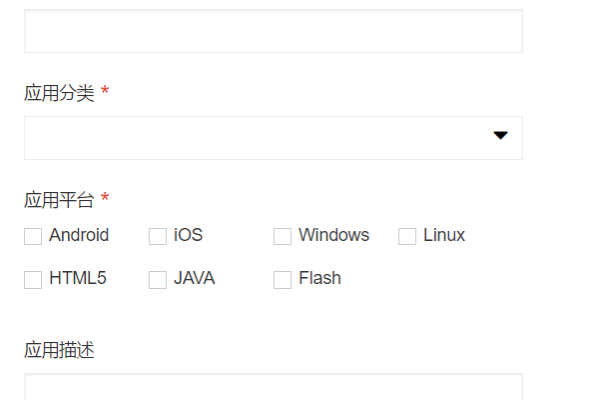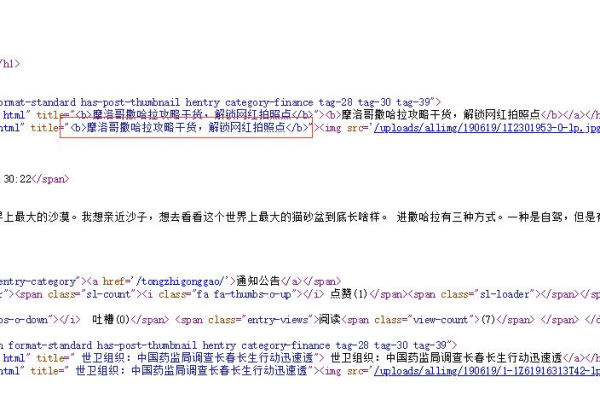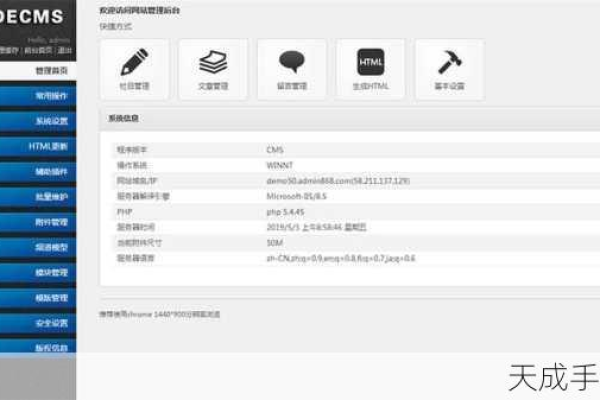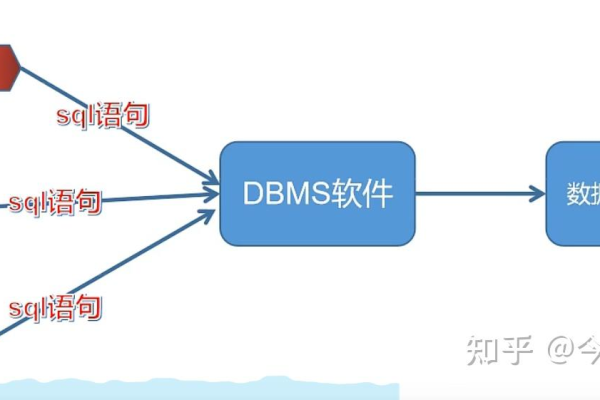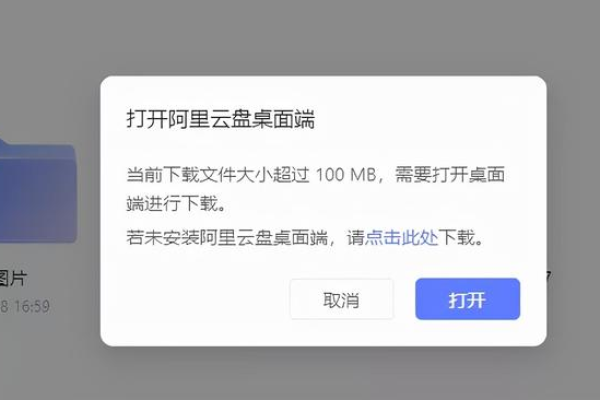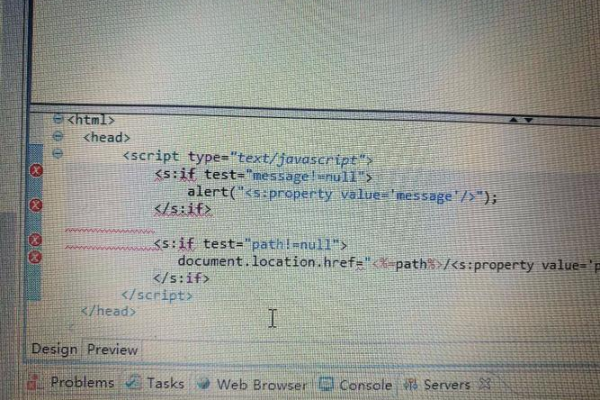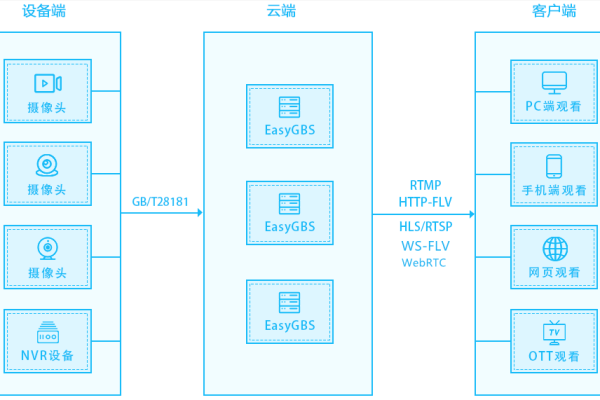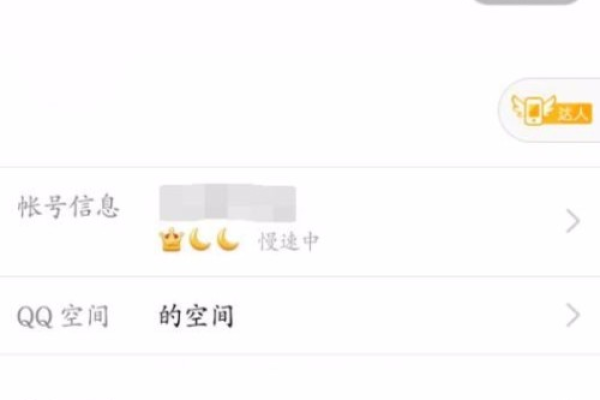C调用API接口的方法与步骤是什么?
- 行业动态
- 2025-03-04
- 13
在C#中调用API接口,通常使用
HttpClient类来发送HTTP请求并接收响应。
在C#中调用API接口是一项常见的任务,无论是为了获取数据、发送数据还是与第三方服务进行交互,以下是详细的步骤和示例代码,帮助你了解如何在C#中调用API接口。
创建一个新的C#项目
打开Visual Studio并创建一个新的控制台应用程序项目。
添加必要的NuGet包
为了简化HTTP请求的处理,建议使用HttpClient类,你可以通过NuGet包管理器安装System.Net.Http库(如果还没有安装的话)。
Install-Package System.Net.Http
编写代码来调用API接口
下面是一个基本的示例,展示如何使用HttpClient类来调用一个RESTful API接口。
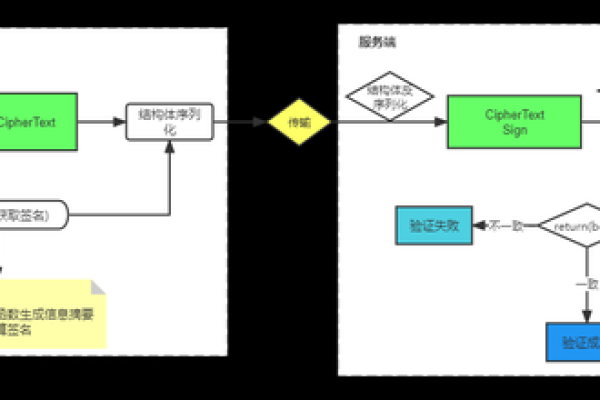
示例代码:调用JSON Placeholder的GET接口
using System;
using System.Net.Http;
using System.Threading.Tasks;
using Newtonsoft.Json.Linq;
class Program
{
static async Task Main(string[] args)
{
// 创建一个HttpClient实例
using (HttpClient client = new HttpClient())
{
// 设置API的基础URL
client.BaseAddress = new Uri("https://jsonplaceholder.typicode.com/");
// 发起GET请求
HttpResponseMessage response = await client.GetAsync("posts/1");
// 确保请求成功
response.EnsureSuccessStatusCode();
// 读取响应内容
string responseBody = await response.Content.ReadAsStringAsync();
// 解析JSON响应
JObject jsonResponse = JObject.Parse(responseBody);
// 输出结果
Console.WriteLine($"User ID: {jsonResponse["userId"]}");
Console.WriteLine($"ID: {jsonResponse["id"]}");
Console.WriteLine($"Title: {jsonResponse["title"]}");
Console.WriteLine($"Body: {jsonResponse["body"]}");
}
}
} 处理POST请求
如果你需要向API发送数据,可以使用HttpClient类的PostAsync方法,以下是一个示例,展示如何向一个API端点发送POST请求。
示例代码:发送POST请求到JSON Placeholder
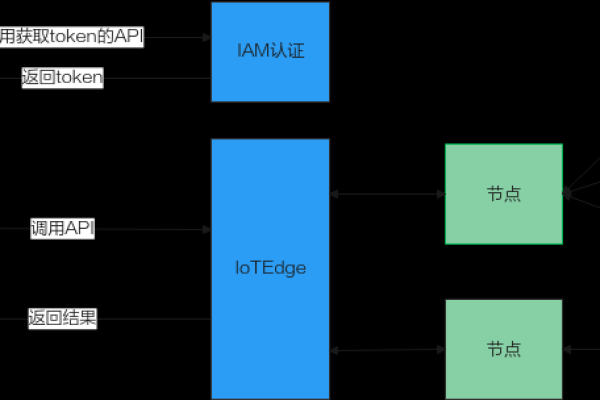
using System;
using System.Net.Http;
using System.Text;
using System.Threading.Tasks;
using Newtonsoft.Json;
class Program
{
static async Task Main(string[] args)
{
// 创建一个HttpClient实例
using (HttpClient client = new HttpClient())
{
// 设置API的基础URL
client.BaseAddress = new Uri("https://jsonplaceholder.typicode.com/");
// 创建要发送的数据对象
var postData = new
{
title = "foo",
body = "bar",
userId = 1
};
// 序列化数据为JSON字符串
string jsonContent = JsonConvert.SerializeObject(postData);
StringContent content = new StringContent(jsonContent, Encoding.UTF8, "application/json");
// 发起POST请求
HttpResponseMessage response = await client.PostAsync("posts", content);
// 确保请求成功
response.EnsureSuccessStatusCode();
// 读取响应内容
string responseBody = await response.Content.ReadAsStringAsync();
// 输出结果
Console.WriteLine(responseBody);
}
}
} 处理异常和错误
在实际应用中,你需要处理可能出现的各种异常和错误,网络问题、服务器返回的错误状态码等,你可以使用try-catch块来捕获和处理这些异常。
示例代码:处理异常的GET请求
using System;
using System.Net.Http;
using System.Threading.Tasks;
using Newtonsoft.Json.Linq;
class Program
{
static async Task Main(string[] args)
{
// 创建一个HttpClient实例
using (HttpClient client = new HttpClient())
{
// 设置API的基础URL
client.BaseAddress = new Uri("https://jsonplaceholder.typicode.com/");
try
{
// 发起GET请求
HttpResponseMessage response = await client.GetAsync("posts/1");
// 确保请求成功
response.EnsureSuccessStatusCode();
// 读取响应内容
string responseBody = await response.Content.ReadAsStringAsync();
// 解析JSON响应
JObject jsonResponse = JObject.Parse(responseBody);
// 输出结果
Console.WriteLine($"User ID: {jsonResponse["userId"]}");
Console.WriteLine($"ID: {jsonResponse["id"]}");
Console.WriteLine($"Title: {jsonResponse["title"]}");
Console.WriteLine($"Body: {jsonResponse["body"]}");
}
catch (HttpRequestException e)
{
// 处理请求异常
Console.WriteLine($"Request error: {e.Message}");
}
catch (Exception e)
{
// 处理其他异常
Console.WriteLine($"An error occurred: {e.Message}");
}
}
}
} FAQs(常见问题解答)
Q1: 如何处理API的身份验证?
A1: 如果API需要身份验证,通常有几种方式可以实现,比如通过API密钥、OAuth令牌等,以Bearer Token为例,你可以在请求头中添加Authorization字段。
client.DefaultRequestHeaders.Authorization = new System.Net.Http.Headers.AuthenticationHeaderValue("Bearer", "your_access_token_here"); Q2: 如何处理分页数据?
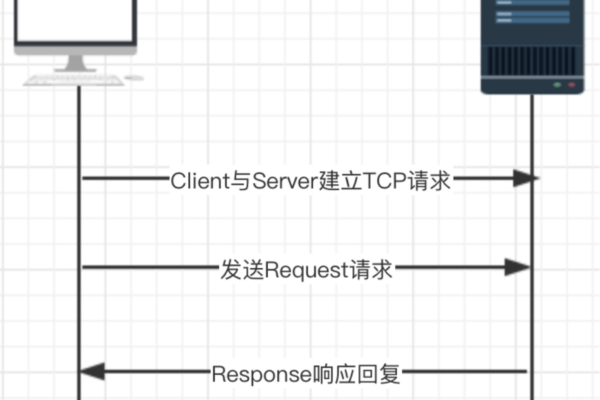
A2: 许多API会返回分页数据,你可以通过循环发起请求来获取所有页面的数据。
int page = 1;
bool hasMorePages = true;
while (hasMorePages)
{
HttpResponseMessage response = await client.GetAsync($"posts?_page={page}&_limit=10");
string responseBody = await response.Content.ReadAsStringAsync();
JArray posts = JArray.Parse(responseBody);
if (posts.Count < 10)
{
hasMorePages = false; // 没有更多数据了
}
else
{
page++; // 下一页
}
// 处理当前页的数据...
} 通过上述步骤和示例代码,你应该能够在C#中顺利调用各种API接口,并根据需要进行数据处理和异常处理。


